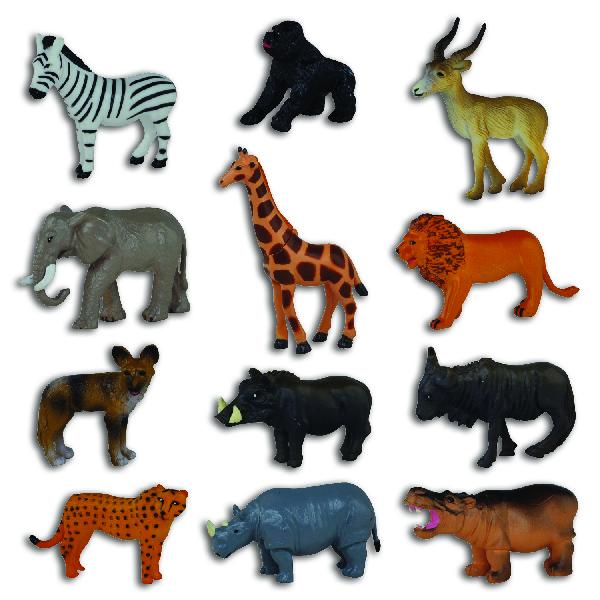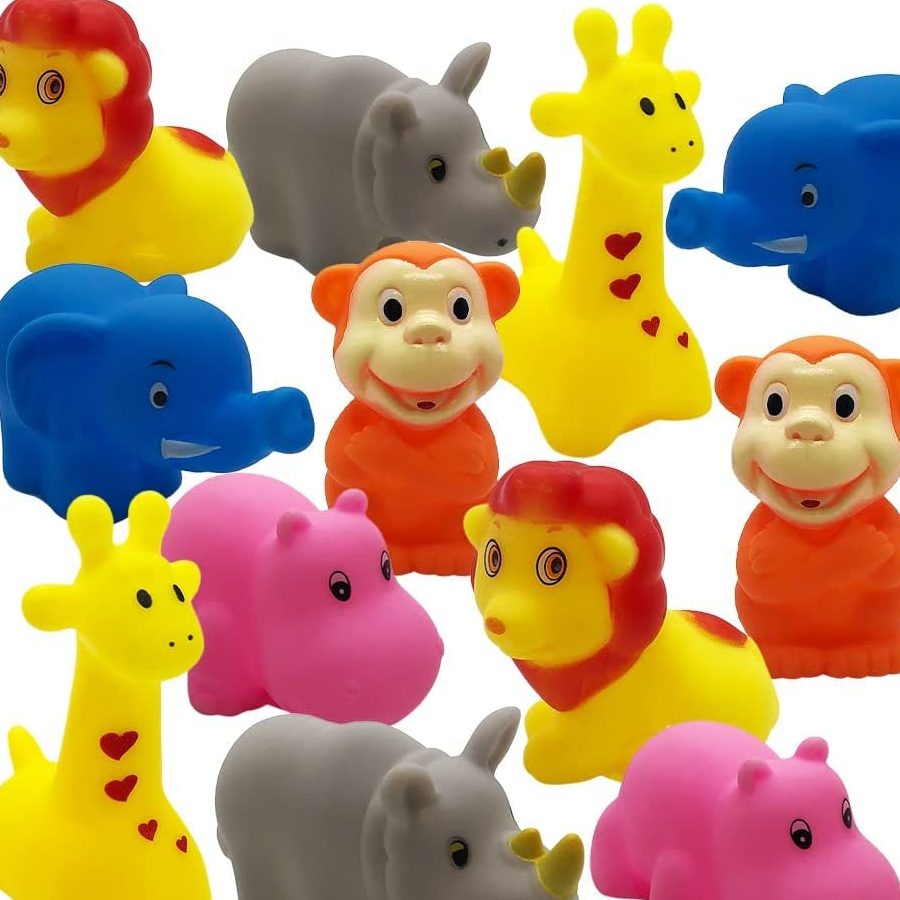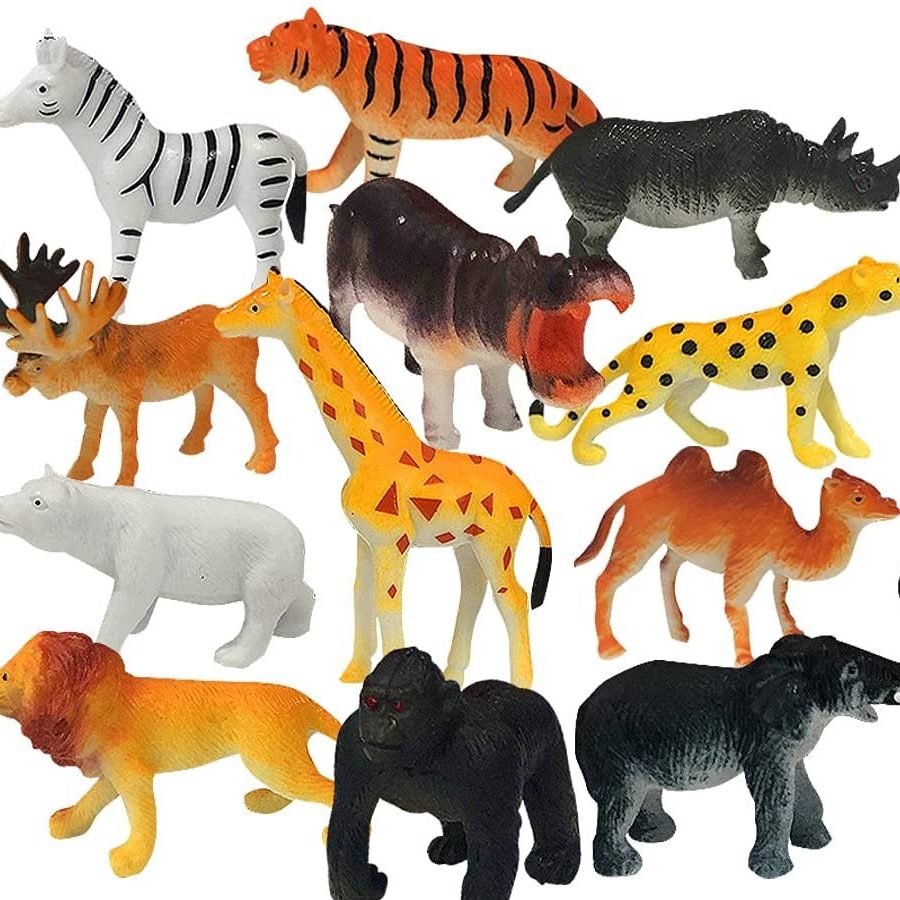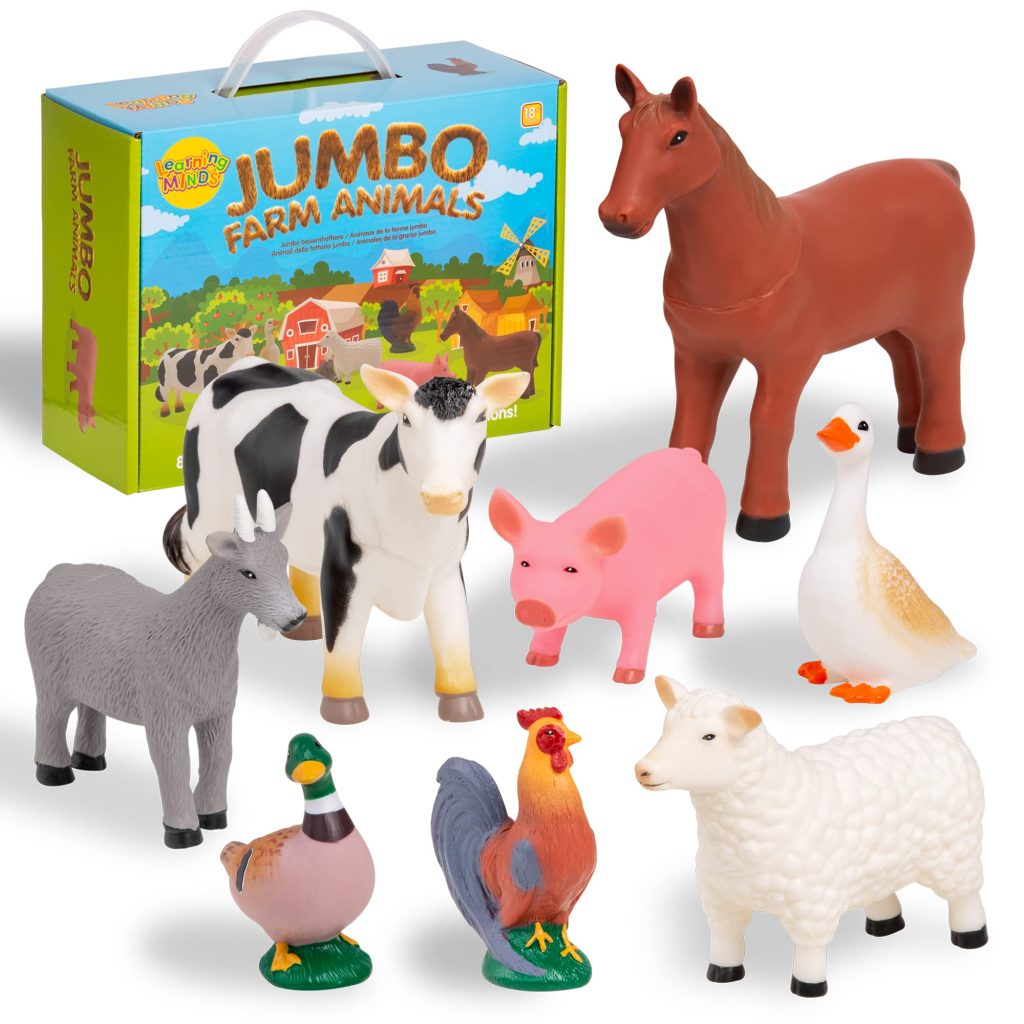Introduction: Understanding Animal Toys
Animal toys have long been a favorite among children of all ages. These toys come in various forms, including plush figures, action figures, and educational games. Their popularity stems from the intrinsic connection between children and animals. Through imaginative play, children learn vital skills while enjoying themselves. This article will explore the benefits of animal toys, their educational value, and how they contribute to emotional and social development.
Types of Animal Toys
Plush Animal Toys
Plush animal toys, commonly known as stuffed animals, are popular for their softness and comfort. These toys provide children with a sense of security. Many children form attachments to their plush animals, often treating them as companions.
Plush toys also stimulate imaginative play. Kids create stories and scenarios involving their stuffed animals, which can enhance creativity. Different types of plush animals, from dogs to exotic creatures, allow children to explore various species and their characteristics.
Action Figures and Figurines
Another popular category includes action figures and figurines based on animals. These toys often represent popular characters from movies, cartoons, or books. They encourage role-playing and help children engage in narrative-driven play.
Through action figures, children learn to express emotions and create scenarios. For instance, a child may create adventures involving their favorite animal from a movie. This type of play fosters creativity and hones storytelling skills while allowing for exploration of different animal traits.

Educational Benefits of Animal Toys
Learning About Animal Behavior
Animal toys serve as tools for education, helping children understand animal behavior and species diversity. Many toys are designed to represent specific breeds or types, introducing children to the concept of classification.
Educational animal toys often come with information about the species, including habitat, diet, and behavior. Parents and educators can utilize these toys to engage children in discussions about wildlife and nature. Such conversations can spark an early interest in biology and environmental science.
Stimulation of Sensory Skills
Animal toys also contribute to sensory development. Textures, colors, and sounds associated with these toys engage a child’s senses. For example, plush animals with varied textures provide tactile stimulation. Meanwhile, toys with sound features can help develop auditory skills.
Different textures and colors stimulate visual and sensory pathways in children. Engaging with a range of animal toys expands sensory experiences and enriches cognitive development. This sensory involvement is essential for effective learning and communication skills.

Emotional and Social Development
Building Empathy and Compassion
Animal toys can play an important role in developing empathy in children. When children care for their stuffed animals, they learn to express love and compassion. Pretend play with animal toys encourages nurturing behaviors.
Through interaction with their toys, children often explore feelings of joy, sadness, or care. These experiences enable them to navigate social situations. Early emotional connections formed through animal toys contribute to developing empathy and understanding toward real animals and other people.
Enhancing Social Skills
Playing with animal toys often leads to shared experiences among children. Group activities involving animal toys can foster cooperation and communication. Whether sharing a toy or engaging in group play, kids learn the importance of social interaction.
Collaboration in play encourages teamwork, negotiation, and problem-solving. Engaging with peers while playing with animal toys helps children develop essential social skills, building a foundation for future friendships and interactions.

Choosing the Right Animal Toys
Safety Considerations
When selecting animal toys, safety must be a top priority. Parents should look for toys made from non-toxic materials that are safe for children. Checking age recommendations also ensures toys are suitable for their developmental stage.
Avoid toys with small parts that could pose a choking hazard. Additionally, ensuring that plush toys are machine washable can help maintain hygiene. By focusing on safety, parents can provide a secure and enjoyable play experience for their children.
Quality and Durability
Another essential factor in choosing animal toys is quality and durability. High-quality toys can withstand rough play and last through the years. Investing in well-made toys ultimately saves money over time, as they do not need frequent replacements.
Checking for features like reinforced seams or sturdy construction can help ensure durability. Quality materials also contribute to comfort during play, especially with plush animals. Focusing on quality ensures that children can enjoy their toys safely and for an extended period.

The Role of Animal Toys in Creative Play
Encouraging Imaginative Scenarios
Animal toys lend themselves well to imaginative play. Children often create elaborate scenarios involving their animal toys, exploring different roles and settings. This type of creative expression enhances cognitive development and decision-making skills.
Encouraging unstructured playtime with animal toys allows children to explore their ideas and imagination freely. Parents can enhance this experience by joining in, asking open-ended questions, and fueling their creativity. Such interactions deepen the play experience and strengthen bonding.
Promoting Storytelling Skills
Imaginative play with animal toys lays the groundwork for developing storytelling abilities. Children weave narratives around their animal figures, constructing plots and character arcs. This practice builds language skills, vocabulary, and narrative understanding.
As children narrate their stories, they practice public speaking and communication skills. Encouraging storytelling around animal toys can promote confidence in expressing thoughts and ideas. Over time, these skills will be invaluable in both academic and social settings.

Animal Toys in Therapeutic Settings
Supporting Emotional Expression
Animal toys are increasingly used in therapeutic settings to support emotional expression and healing, especially for children who have experienced trauma. Mental health professionals often incorporate these toys into their practices to help children articulate feelings they might find difficult to express verbally. When children engage with animal figures, they can project their emotions onto the toys, facilitating conversations about their feelings.
For instance, a child might use a stuffed dog to represent feelings of sadness or abandonment. Through imaginative play, therapists can guide discussions that help the child process their emotions. This approach creates a safe environment where children feel comfortable sharing. Ultimately, animal toys can serve as valuable tools in promoting emotional health and resilience.
Facilitating Social Interaction in Therapy
In group therapy settings, animal toys can also facilitate social interaction among children. These toys encourage collaborative play, helping children develop social skills such as sharing, cooperation, and communication. When children engage in group activities involving animal toys, they learn to navigate social dynamics, negotiate roles, and solve problems collectively.
By using animal toys as interactive tools, therapists can create scenarios that promote teamwork and collaboration. For example, children might work together to create a story involving their favorite animal characters, prompting discussions and encouraging participation from all group members. This social interaction not only fosters connection but also builds essential life skills that extend beyond the therapy session, preparing children for social situations in the real world.
The Enduring Value of Animal Toys
Animal toys provide vital support in a child’s growth and development. Their impact extends beyond playtime, influencing educational, emotional, and social aspects of development. As tools for learning, creativity, and emotional exploration, they hold perennial value in childhood experiences.
By selecting high-quality and safe animal toys, parents and caregivers can enrich children’s lives while promoting healthy development. Whether used in imaginative play, educational settings, or therapeutic environments, these toys are invaluable in shaping well-rounded, emotionally intelligent individuals. Investing in animal toys is not merely about fun; it is about creating opportunities for exploration, connection, and growth—lasting benefits that will influence children as they navigate through life.
Environmentally Friendly Options
The Importance of Sustainable Choices
As awareness of environmental issues grows, many parents are seeking eco-friendly animal toys. Sustainable materials, such as organic cotton, recycled plastics, and responsibly sourced wood, are increasingly available on the market. These choices not only ensure safety for children but also promote environmental stewardship.
Opting for eco-friendly toys teaches children about the importance of sustainability and caring for the planet. Parents can use these choices as discussions starters, explaining concepts like recycling and conservation. By introducing children to environmentally conscious products, families cultivate values that can last a lifetime.
Supporting Ethical Manufacturing
Choosing animal toys from brands that prioritize ethical manufacturing practices is also essential. Some companies emphasize fair labor practices and provide safe working conditions for employees. Supporting these brands encourages a more responsible industry.
Parents can research brands and look for certifications that indicate ethical practices. Knowing that their purchases positively impact workers and communities can be rewarding for families. This awareness reinforces the idea that consumer choices have far-reaching consequences and instills a sense of social responsibility in children.
Conclusion: The Lasting Impact of Animal Toys
In conclusion, animal toys offer a myriad of benefits for children, ranging from educational value to emotional growth. By encouraging imaginative play, enhancing sensory skills, and promoting empathy, these toys contribute significantly to a child’s development.
Choosing the right animal toys involves considering safety, quality, and their potential to foster imaginative play. Whether through plush figures, action toys, or educational resources, animal toys enrich children’s lives in numerous ways. Ultimately, investing in these toys lays a solid foundation for lifelong learning, creativity, and social interaction.
